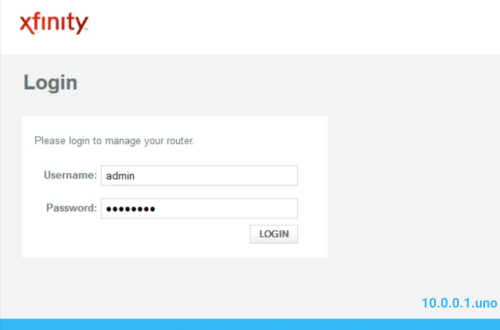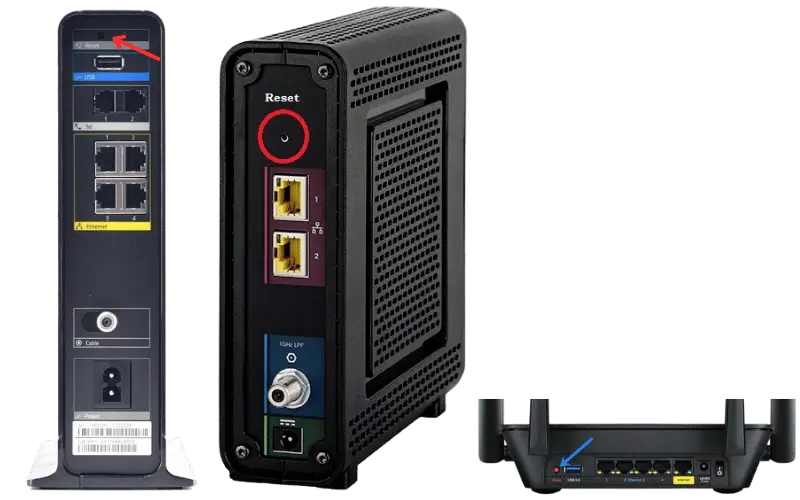10.0.0.1 is a private IP address used as the default gateway for many routers. It allows users to access their router’s admin panel to manage settings such as changing Wi-Fi password, network name (SSID), or adjusting security options.
This IP address is used by many popular brands, such as LPB Piso WiFi, Ado Piso, and Xfinity as a default admin login portal.
Not working? Try these alternative IP addresses:
Default Login Credentials for 10.0.0.1
If you don’t know your router’s default username and password, don’t worry! Below, we’ve listed the default login credentials for various router brands that use 10.0.0.1. You can find the full list of default login details for popular routers and specific to your router brand.
| 10.0.0.1 | admin | password |
|---|---|---|
| 10.0.0.1 | admin | admin |
| LPB Piso Wi-Fi | admin admin/administrator | 123456789 admin1234 |
| Xfinity / Comcast | admin admin cusadmin | password highspeed password |
| Ado Piso Wi-Fi | admin | admin |
| 10.0.0.1 | Cisco | Cisco |
| 10.0.0.1 | highspeed | cusadmin |
How to Log In to 10.0.0.1
Follow these simple steps:
- Connect to your router
- Make sure your device is connected to the router via Wi-Fi. (If you are using a computer, you can also connect your router via an Ethernet cable.)
- Open a web browser on your device. You can use any browser, such as Chrome, Firefox, Microsoft Edge, Brave, etc.
- Type 10.0.0.1 or type full address http://10.0.0.1 in the browser address bar and hit Enter.
- Now, input your login credentials for your router admin panel.

- Click Login.
- Now, the Admin Panel will open.
- You’ll now see the dashboard and your router settings.
Can’t Access 10.0.0.1? Here’s What to Do:
If you see an error like “This site can’t be reached” or the page doesn’t load, your router may be having trouble. Try these steps to fix it:
1. Incorrect IP Address:
Many people accidentally type 10.0.0.0.1 instead of 10.0.0.1. The extra zero makes it invalid and will cause an error. Always double-check the IP when logging in.
2. Check Connection:
Make sure your device is connected to the router. On a laptop or desktop, you can connect either wirelessly via Wi-Fi or with a stable wired connection using an Ethernet cable.
3. Restart Your Router:
Hold the power button until the lights turn off and back on, or unplug the router for 30 seconds and plug it back in. Make sure the cables are plugged in and there are no loose connections.
4. IP Conflict:
Can’t access your router at 10.0.0.1? The address is probably different. Here’s how to find your router’s IP address on any device.
Pro Tip: For a more reliable connection when troubleshooting or configuring your router, connect your computer directly to the router using an Ethernet cable.
5. Clear Browser Cache and Cookies:
Your browser’s cache or cookies might be causing the problem. Try opening a private/incognito window or using a different browser to test it.
6. Reset Your Router to Factory Settings:
If you have followed all the steps above and still can’t log in, you may need to reset your router to its default settings.
Steps to reset any router:
- Look for a small reset button on the back of the router.
- Press and hold it for 10–15 seconds until the router reboots.

Note: Resetting your router will erase all custom settings you’ve configured, including your Wi-Fi name, password, and other personalized settings.